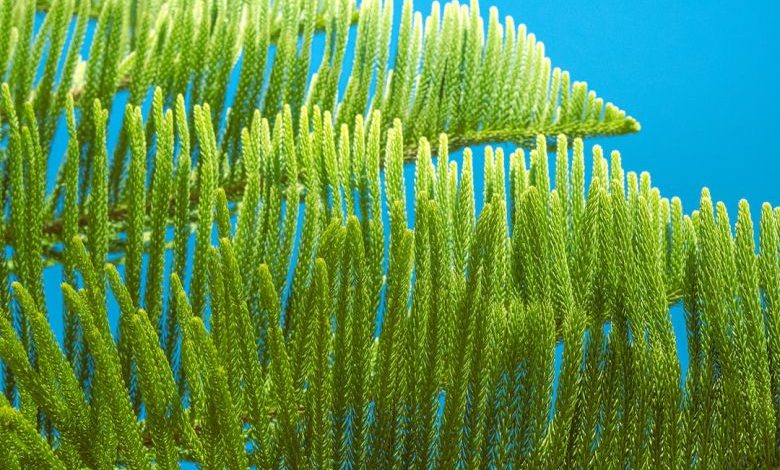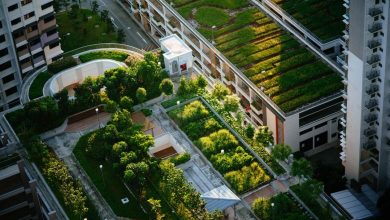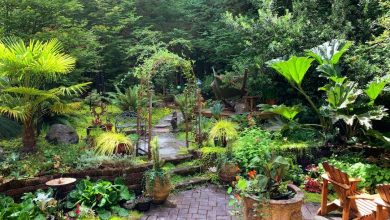How Can I Conserve Water in My Garden?

Water is a precious resource, and conserving it is essential for the environment and our wallets. One area where we can make a significant impact is in our gardens. By making a few simple changes and adopting water-saving techniques, we can reduce our water consumption and still have a beautiful and thriving garden. In this article, we will explore some practical tips on how to conserve water in your garden.
Choose the Right Plants
One of the first steps in conserving water in your garden is to choose the right plants. Opt for native plants that are adapted to your region’s climate and require less water. These plants have evolved to survive with less water, making them more resilient and drought-tolerant. Additionally, consider planting succulents and cacti, which store water in their leaves and stems, reducing the need for frequent watering.
Improve the Soil
Healthy soil plays a crucial role in water conservation. By improving the soil’s quality, you can increase its ability to retain moisture and reduce water runoff. Add organic matter, such as compost or well-rotted manure, to your soil to improve its structure and water-holding capacity. Mulching is another effective way to conserve water in the soil. Apply a layer of organic mulch around your plants to reduce evaporation, suppress weed growth, and keep the soil cool.
Water Efficiently
When it comes to watering your garden, efficiency is key. Avoid overwatering by monitoring soil moisture levels and only watering when necessary. Use a moisture meter or simply insert your finger into the soil to check if it feels dry. Water deeply and infrequently to encourage deep root growth and make your plants more drought-resistant. Watering in the early morning or late afternoon also reduces evaporation and ensures that the plants have enough time to dry before the cooler evening hours.
Collect Rainwater
Harnessing rainwater is an excellent way to conserve water in your garden. Set up rain barrels or other water collection systems to capture rainwater from your roof. This collected water can be used for watering your plants, reducing your reliance on municipal water sources. Be sure to cover your rain barrels to prevent mosquitos from breeding and use a filter to remove debris before using the water.
Group Plants with Similar Water Needs
Another effective water-saving strategy is to group plants with similar water requirements together. By doing so, you can avoid overwatering some plants while underwatering others. This technique, known as hydrozoning, allows you to create separate watering zones in your garden, ensuring that each plant receives the right amount of water. Grouping plants also helps create microclimates, reducing evaporation and providing shade and wind protection.
Use Drip Irrigation or Soaker Hoses
Traditional sprinklers can be wasteful, as much of the water evaporates before it reaches the plants’ roots. Consider using drip irrigation or soaker hoses instead. These systems deliver water directly to the base of the plants, minimizing evaporation and maximizing efficiency. Drip irrigation is particularly useful for watering trees, shrubs, and perennials, while soaker hoses work well for vegetable gardens and flower beds.
Manage Weeds and Pests
Weeds and pests compete with your plants for water, making it necessary to use more water to keep your garden healthy. By effectively managing weeds and pests, you can reduce water loss and conserve water. Regularly weed your garden to eliminate competition for water, and use organic pest control methods to minimize the need for excessive watering due to pest damage.
Monitor and Adjust
Lastly, it’s essential to monitor your garden’s water usage and make adjustments as needed. Keep track of how much water you are using and look for ways to further reduce consumption. Adjust your watering schedule based on weather conditions and the specific needs of your plants. By staying proactive and observant, you can optimize your water usage and conserve this precious resource.
In conclusion, conserving water in your garden is not only environmentally responsible but also beneficial for your plants and your wallet. By choosing the right plants, improving the soil, watering efficiently, collecting rainwater, grouping plants with similar water needs, using drip irrigation or soaker hoses, managing weeds and pests, and monitoring and adjusting, you can make a significant impact on water conservation in your garden. So, let’s take these steps together and create beautiful, water-wise gardens that thrive while preserving our precious water resources.




